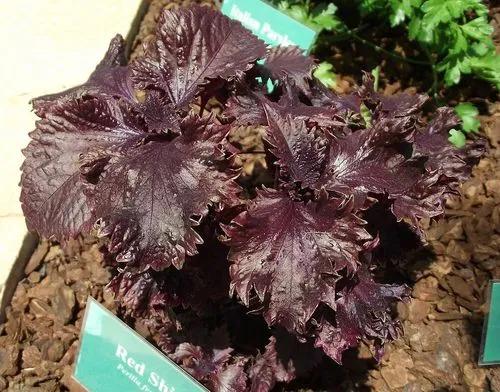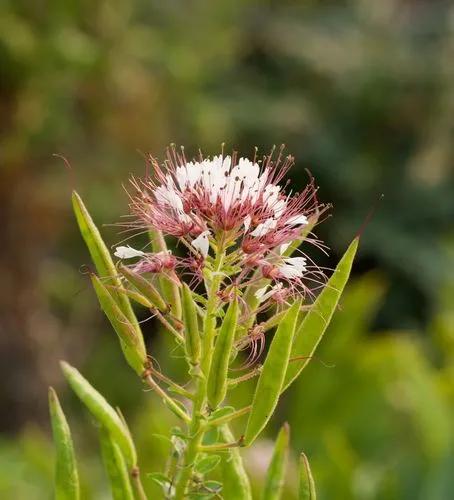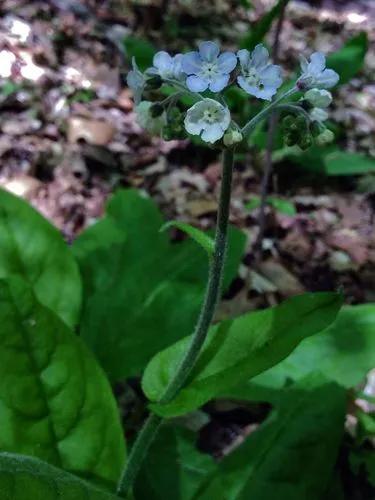Herbaceous shrub, up to 2.5m height. Leaves very large, heart-shaped, silvery green sheen above, purplish veins on underside, prominent veins. Monoecious species (separate male and female flowers on same plant).Suitable for indoor landscaping. All parts of plant toxic upon ingestion, or may cause contact irritation.
Giant Alocasia Care
Alocasia Macrorrhizos



Alocasia macrorrhizos is a species of flowering plant in the arum family (Araceae) that it is native to rainforests of Island Southeast Asia, New Guinea, and Queensland and has long been cultivated in the Philippines, many Pacific islands, and elsewhere in the tropics. Common names include giant taro, ʻape, giant alocasia, biga, and pia. In Australia it is known as the cunjevoi (a term which also refers to a marine animal).
How to Care for the Plant

Water

Alocasia has medium water requirements. Even and consistent moisture is ideal. Alocasia likes to partially dry out between waterings, but they definitely do not like to be soggy. Cut back on watering during the colder months if the plant is not actively growing.

Pruning

Propagation of alocasia should be done in spring or early summer, when the plant is just coming out of dormancy from the winter. With a shovel, carefully dig around the plant and lift it out of the ground. Dig at least 12 inches (30 cm.) around the plant to avoid damaging the roots or the rhizomes themselves.

Fertilizer

Fertilize the elephant ear plant every month in the spring, summer and early fall using a 20-20-20 water-soluble fertilizer. Apply the fertilizer according to the directions on the fertilizer label. Watch for yellow leaves on the elephant plant.

Sunlight

Select a location in full sun or part sun with a good, rich, moist, organic soil.

Soil

If using potting soil, choose one that's rich in organic material and mixed with peat and perlite to create an artificial wetland or bog that will hold moisture. If you're mixing your own soil, use well drained, crumbly loam with a pH of 5.5 to 6.5. Avoid rocky soils, which can deform the corms.

Temperature

This plant prefers warm temperatures, between 60 and 80 ºF (15-26 °C) is ideal. Alocasias will go dormant in temperatures below 60 ºF (60 °C).

Container

Using large pots will allow these plants to develop to their greatest potential and it also means you won't need to repot them for several years.

Additional

Giant Alocasia contains calcium oxalate raphides (a needle-shaped crystal of the chemical) which can injure the skin and mucous membranes of consumers and cause irritation (e.g. numbness and burning sensation of the tongue, mouth and lips, swelling of tongue or lips).

Popularity

58,867 people already have this plant 4,718 people have added this plant to their wishlists
Discover more plants with the list below
Popular articles






